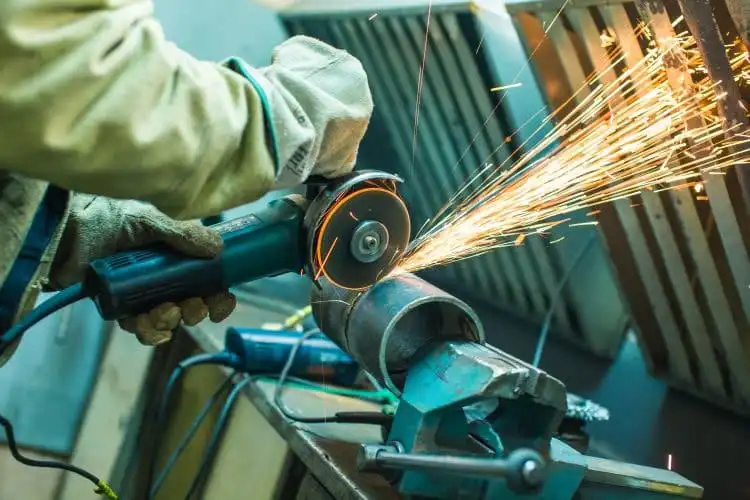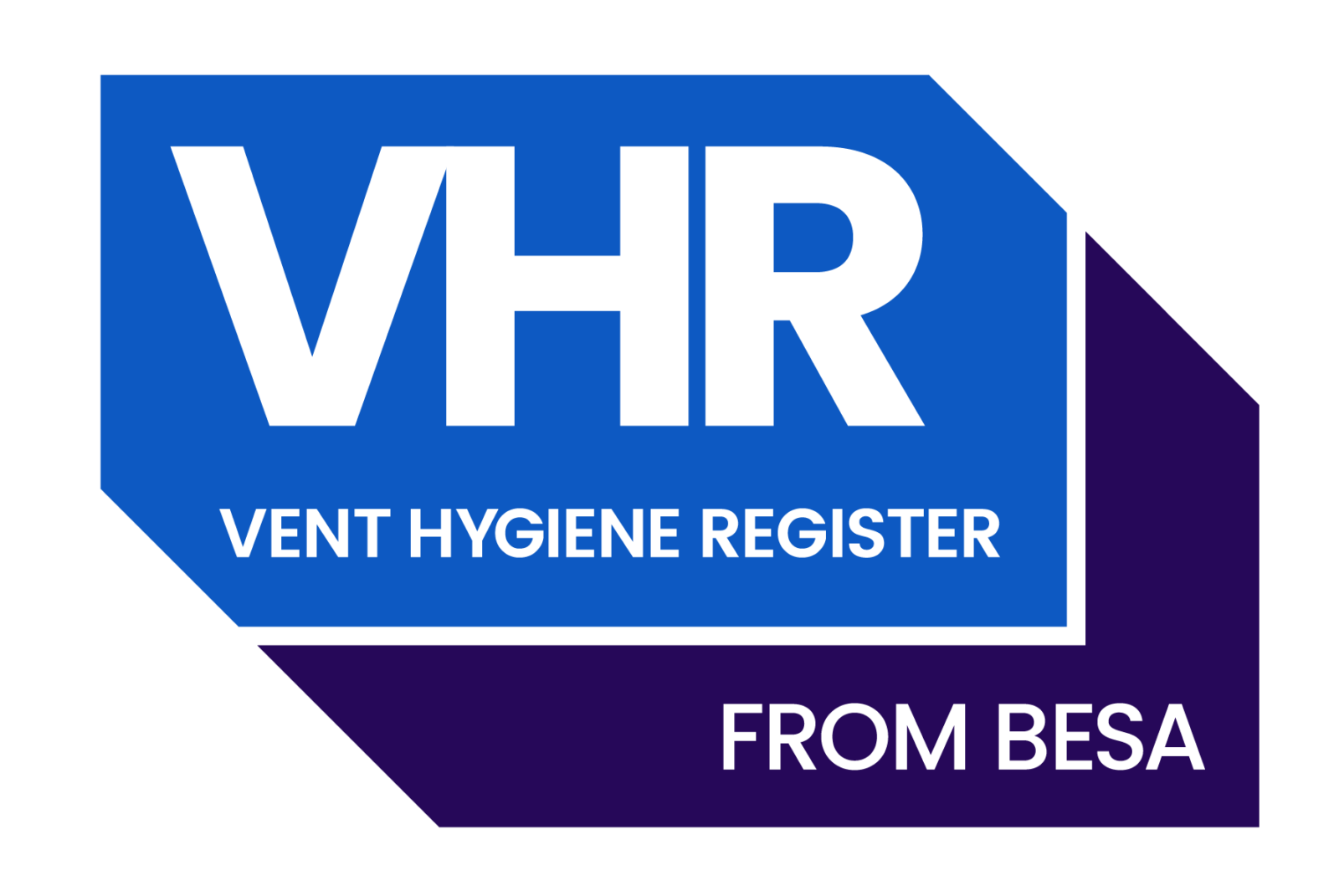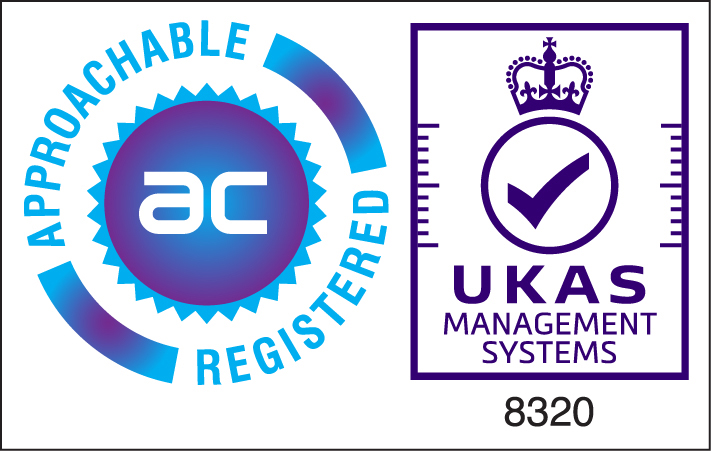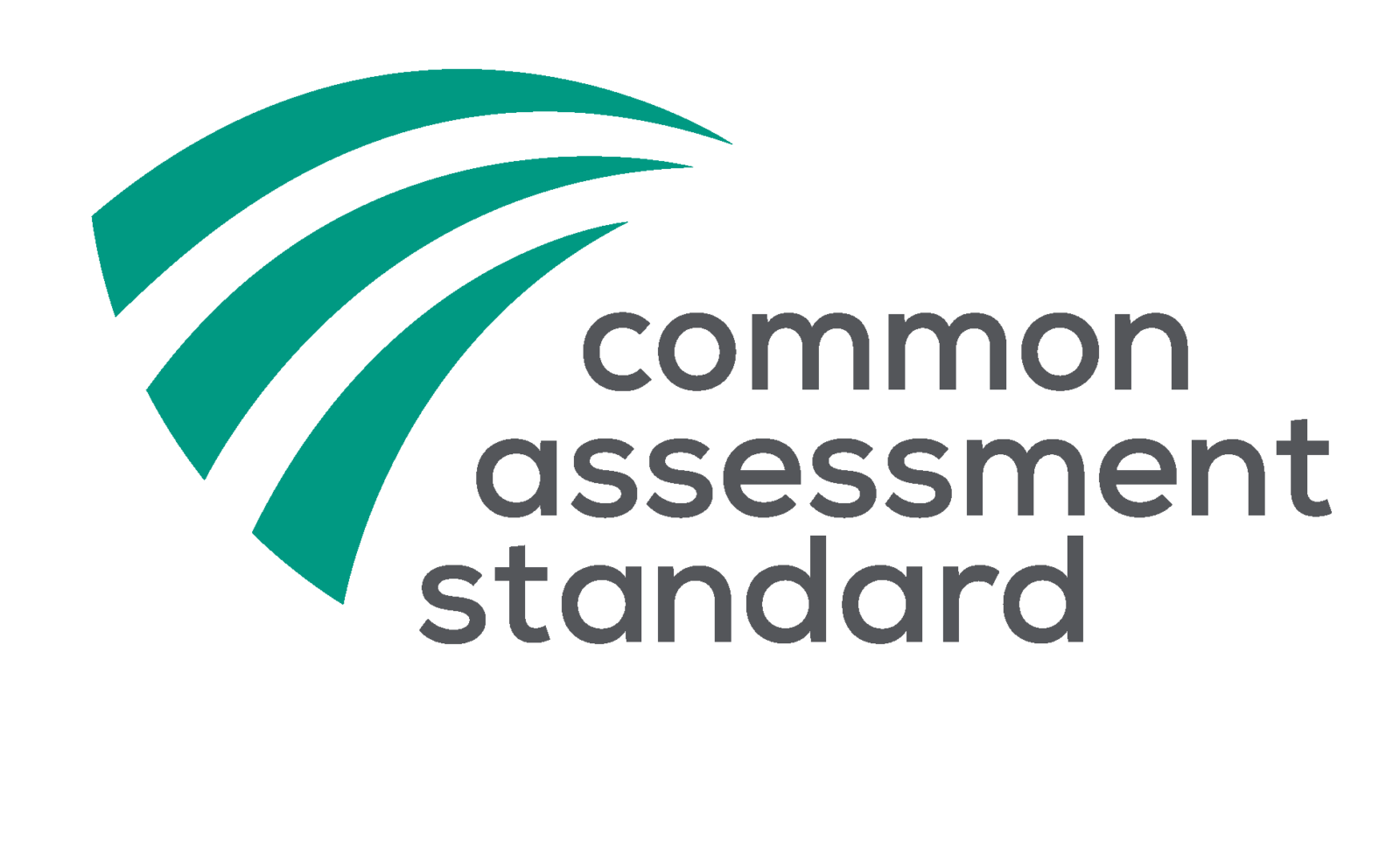Local exhaust ventilation (LEV) testing is essential to keep the exhaust system in proper working order. Read on to understand the legal requirements of LEV testing.
What is LEV testing?
Local exhaust ventilation testing is a thorough examination of the exhaust system to identify areas of concern that need to be addressed to keep it in proper working order. The Health and Safety at Work Act 1974 and Regulation 9 of the Control of Substances Hazardous to Health (COSHH) are the laws responsible for ensuring that local exhaust ventilation systems are fully functional on an employer. LEV testing must be done on a new building, and at least every 14 months after that, with documentation of the test reports filed for at least five years, whether or not the system had issues.
LEV systems are especially prioritised for work environments that produce dust, vapours and mists, fumes, and gases considered dangerous to human beings and animals if inhaled. These industries range from bakeries, metal fabrication workshops, paint shops, laboratories, storage warehouses, etc. LEV testing must be done by a competent and accredited engineer to ensure thoroughness in the process and compliance with the applicable laws.
Importance of LEV testing
Protect the health and safety of employees and visitors
Preventing exposure to harmful dust, sprays, fumes, mists, and other gases minimises the chances of your employees or visitors getting sick or any pre-existing condition worsening. LEV testing checks the structural and operational integrity of the ventilation system and identifies malfunctions so that you can do repairs or replacements to keep the system working properly.
Staff retention
Taking action to fulfil your duty of care makes employees feel valued and safe. Anyone concerned about their health and safety will be reassured, and won’t consider looking for employment elsewhere. Such efforts boost employee morale and lead to increased productivity and a happy workforce, eventually boosting company revenues.
Complying with the law
The HSE instituted regulations that require an employer to inspect, repair, and clean their LEV systems for health and safety reasons. Failure to comply with those rules exposes you to stiff penalties that could cripple your business. Therefore, LEV testing helps you avoid such an outcome, although this should be your least motivating factor.
Avoid negligence claims
While you cannot make a workplace 100% safe, you have to demonstrate your efforts to prevent exposure to harmful substances as much as possible. LEV testing, and proper documentation of test reports, are essential in preventing or arguing against negligence claims should an employee fall ill.
The legal requirements of LEV testing
LEV testing is mandatory under the Control of Substances Hazardous to Health (COSHH) and Health and Safety Executive (HSE) rules and regulations. Differences in how those rules and regulations apply come from the level of threats from emissions and the nature of workplaces in different industries.
Some employers may downplay their company’s contribution to air pollution internally and in the external environment because their business hardly handles dangerous substances. The majority of work environments, including offices where no manufacturing processes occur still possess electronic equipment such as printers that produce fumes that, after prolonged inhalation, could cause respiratory complications.
Several action points arise as a way of utilising LEV testing and ensuring you comply with the regulations of the COSHH and HSE in your workplace. These apply during the purchase and installation of the LEV system and its subsequent use and maintenance.
• Find out which activities and equipment in your work environment contribute to air pollution.
• List your expectations of an LEV system to guide you in selecting during the purchase stage.
• Collect the input of your employees in the selection process or design of a custom LEV solution.
• Ensure proper LEV system installation, functioning, and airflow indication. The system should meet all standards applicable to your industry.
• Ensure relevant employees are trained on how to operate the LEV system.
• Formulate and stick to a repair and maintenance schedule
• Ensure the LEV system receives comprehensive testing from a qualified professional. Specifically, COSHH Regulation 9 requires LEV systems to undergo testing at least every 14 months. The generated report should guide all repair and maintenance work.
• Lastly, ensure the LEV system is thoroughly cleaned, and special components like air filters replaced per manufacturer recommendations.
It’s important to note that there are no explicit directives on using qualified and certified testing engineers. However, the implication compels you since you must demonstrate the competency of the LEV system tester for the exercise to prove your compliance. The British Occupational Hygiene Society offers competency testing and certification which an LEV testing engineer must possess for their work to be acceptable. In addition, the LEV testing engineer should have a P601 or P602 standard qualification or both, with their air quality inspection protocols complying with the Methods of Determining Hazardous Substances published by the HSE.
The law also pays attention to the LEV testing equipment, which has to be calibrated to the highest standards. Therefore, an LEV testing engineer relies upon equipment calibrated at approved laboratories that meet the ISO/IEC 17025 standards.
Conclusion
LEV testing is vital for maintaining a safe working environment. This exercise provides the necessary information for LEV system purchase, cleaning, repairs, maintenance, and legal compliance. Its complexity and importance dictate that you appoint the right professionals for a thorough job. We have the right certifications, technical expertise, and experience to ensure your business complies with the legal requirements of LEV testing and provides the best working environment for your employees. Get in touch today to schedule a test of your LEV system.




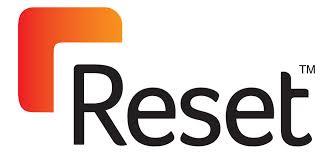
Ventilation Surveys & Services, 305/307 Tower Street, Century Buildings – Brunswick Business Park, Liverpool, Merseyside, L3 4BJ
Company Registration Number 07411775
VAT – 997895709
© 2025 Ventilation Surveys & Services Limited | Website by Xanthos

